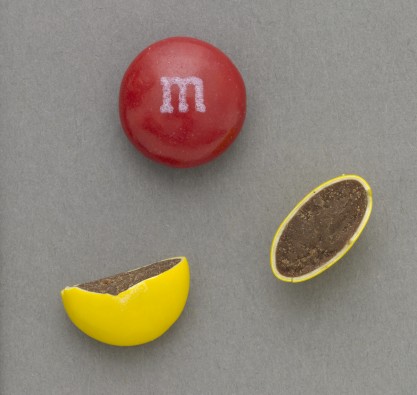by Dr. David Rosen, O’More College of Design President
You are getting fair warning. National Design Week is coming right up! I hope you have bought your decorations. It takes place from October 10 to 18. Right between Labor Day and Halloween, and it is almost as well known as and beloved as the recently passed Talk Like a Pirate Day (September 19). I am still taking down my decorations from that one.
National Design Week coincides with the National Design Awards, which have been given out by the Cooper-Hewitt Museum since 2006. The Cooper-Hewitt is the Smithsonian museum you don’t know about because it is in New York City. It happens to be our national design museum, and each year in October it holds a gala at which are recognized luminaries in a dozen design fields from architecture to graphic design and fashion to product design. There is also a lifetime achievement award, won last year by Michael Graves, who turned Target into Targét by giving design flair to humble household objects. Also honored are companies and corporations, Heath Ceramics last year and Etsy the year before. Design is a diverse and widening field. As the range of the National Design Awards suggests, design has become one of the leading areas not just of the “creative economy,” but of all economies.
Design is ever present. When the Museum of Modern Art became the first museum in the world to collect designed objects, it began with architectural drawings and simple, elegant industrial objects, like the spring. Now MoMA’s collection includes toasters and tableware, microchips and sports cars, even a helicopter.
In 2004, MoMA’s architecture and design curator Paola Antonelli went small by creating an exhibition entitled “Humble Masterpieces,” 120 simple objects, including the Post-It® note, the Band-Aid, and the M&M.
They are inventions that have shown such great durability and such simplicity that the ingenuity behind them is overlooked. One of my favorites from the show is the ordinary paperclip. A single piece of wire, looped like a child’s drawing of an ear, but so cleverly that one loop resists the other when wedged apart, the pressure binding paper neatly together with an elegant force that competes nicely with the more linear certainty of a staple. Of course, the staple is also a clever bit of design.
Today we think of design as something showy, like the iPhone. But the world abounds with design. The clothing we wear for instance is of course designed. But so are the hundreds of little inventions that make clothing possible, from the extraction of fiber and its twisting into thread and its looming into fabric and the needles and the buttons and the button holes and the zippers and . . . and it all started as a design of some sort.
Today we understand that there is a method to designing that can be applied to solving almost every sort of problem. Business, for instance, has started adopting the methods used by designers when they create plans, whether for products or processes or marketing. And now both art schools and business schools offer MBAs that look more like MFAs.
So the way I plan to celebrate National Design Week is mindfully. I am going to try to be as aware as possible of the designs among which we live and that we in part make and must continue to make to keep ourselves adapting to new challenges. In the end, mindfulness is probably the best way to celebrate any holiday, with the possible exception of Talk Like a Pirate Day.
More Home & Fashion News


















